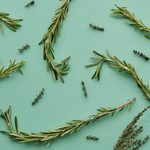Can Some Hair Products Actually Give You a Fuller Mane?
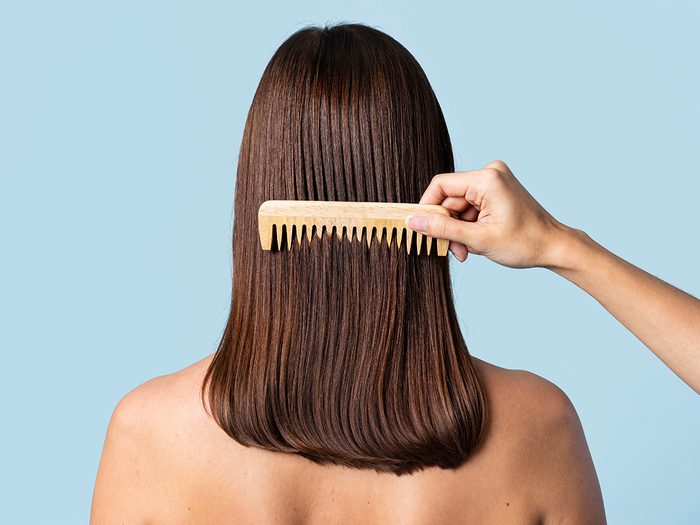
A hair expert and dermatologist weigh in.
Whether you’ve always had fine hair or are experiencing thinning due to factors such as stress, hormonal changes or aging, the desire for voluminous, luscious locks is a common one. In response to this, there’s a world of over-the-counter hair thickeners, each promising to increase density and volume and help you grow longer, stronger hair. With so many brands making such bold claims, it’s natural to question their efficacy.
The good news: Some methods really can help make your existing hair appear thicker, either by plumping the hair fibres temporarily or by stimulating follicles to encourage new growth. So how can you separate the products that are going to work for your hair from the ones that might… fall short?
We spoke with Geeta Yadav, a board-certified dermatologist and founder of FACET Dermatology, and hair expert Jason Lee, the founder of Mela & Kera, to understand how thickening products work and how to choose the right solution for your specific needs.
What are the typical causes of hair thinning?
When it comes to hair thinning, everyone’s definition and experience can be different. “Some people naturally have a lot of really coarse hair strands and they tend to be the people who we refer to as having thick hair,” says Lee. Others are born with thinner hair that lacks volume, both in terms of the individual strands and their overall hair density.
In the world of dermatology, the term “alopecia” is commonly used to describe the root cause of hair thinning. “The most common [type] is what we call androgenic alopecia, and one in two women experience it to some degree,” says Yadav. You might start off having a decent amount of hair with plenty of vitality, and then life happens. Pregnancy, hormones, thyroid issues, natural aging, over-styling and chemical damage can leave you feeling like your hair is thinner than ever before. Understanding what’s causing your hair to thin is the first step in finding the right hair-thickening solutions and treatments to tackle the issue head-on. “Work with your health practitioner to figure out what the problem is,” says Lee. Whether it’s due to lifestyle, genetics, or even the medication you’re taking, talking to a professional will help take the guesswork out of your experience.
Who is most often affected by it?
“It’s quite a universal desire that people who don’t have thick hair want it, and it certainly affects people of all ages,” says Lee. “Think of men who start off with really full heads of hair and then as they age, it starts to recede. Others could be dealing with a thyroid condition that can cause hair loss.”
Thinning hair impacts people of all genders at different stages of life—most commonly, after having kids and when going through menopause, says Yadav. It’s estimated that around half of women experience some degree of female pattern hair loss and hair thinning by the age of 50 due to aging, genetics or hormonal changes.
What kind of products exist to tackle these issues?
Most treatments either help you grow new hair, or prevent the loss of hair you already have to create a thicker look. The most popular—and often most effective—solutions for hair thickening include over-the-counter supplements and topical treatments (such as minoxidil, which is available as a prescription tablet or sold over-the-counter topically as Rogaine, according to Yadav). Additionally, there are specific tools and devices that can be beneficial. “A laser cap [available for purchase online] can stimulate hair growth through light therapy and can help make up for some of those nutritional deficiencies that can cause hair loss, promoting healthy growth,” says Yadav.
For those looking to plump up fine hair for aesthetic purposes, look for products that “swell the hair shaft to give more volume and fullness to the hair,” says Lee. These are dry shampoos and texturizing sprays—anything that adds extra fibres to the hair strands to lend a temporary thickening effect. To avoid stripping and weighing down your strands, opt for lightweight formulas, and don’t forget to use a shampoo that won’t leave behind any residue. Look for gentle, pH-balanced formulas that don’t contain sulphates such as SLS or SLES. “Keep the scalp balanced and clean so that the hair has a healthy environment to perform at its best and grow optimally,” he says.
Wait—are scalp health and hair growth actually related?
Absolutely. Your scalp health and hair growth go hand in hand. Think of your scalp as the foundation for healthy hair. When your scalp is in good shape, it creates the perfect environment for hair to grow and thrive. “Even at a basic level, there are some studies that show that massaging the scalp regularly can increase blood flow to the hair follicles and therefore actually thicken individual hairs,” says Yadav.
What is the typical timeline for seeing results when using hair-thickening products?
Truth be told, it varies. “The hair growth cycle lasts about six to eight weeks, and all your hairs are at different points in the cycle,” says Yadav. Realistically, it can take around six to nine months to notice a difference in density when using medications like Propecia or treatments such as Rogaine, since hair grows about a centimetre per month. The catch? Once you stop using these products, any gains derived from most solutions start to decline within a week—there’s no permanent solution. “If you want to achieve lasting growth, you need to commit to using these products indefinitely. Without regular use, your hair will eventually return to its original state,” says Yadov.
Shop Our Picks
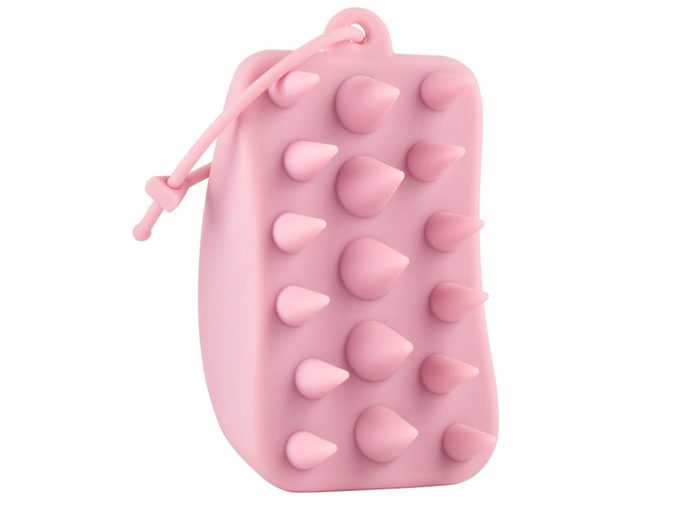
Consider adding a scalp massager to your shower routine to help get the blood flowing to your hair follicles. Not only can it boost hair growth, but it also gently exfoliates to reduce product buildup that can weigh your hair down.
Sephora Collection Silicone Scalp Massager, $15, sephora.ca
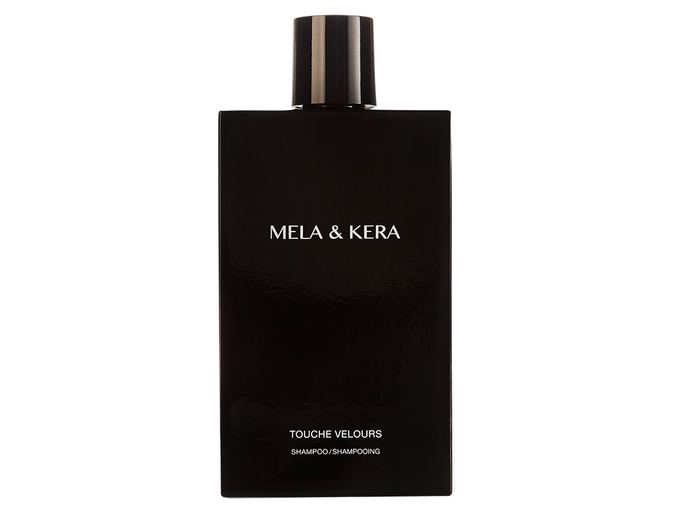
Invest in a high-quality shampoo to keep your hair happy from root to tip. This softening and shine-enhancing option from Mela & Kera includes rose leaf extracts and chamomile to repair and strengthen strands without stripping them.
Mela & Kera Touche Velours Shampoo, $46, melaandkera.com
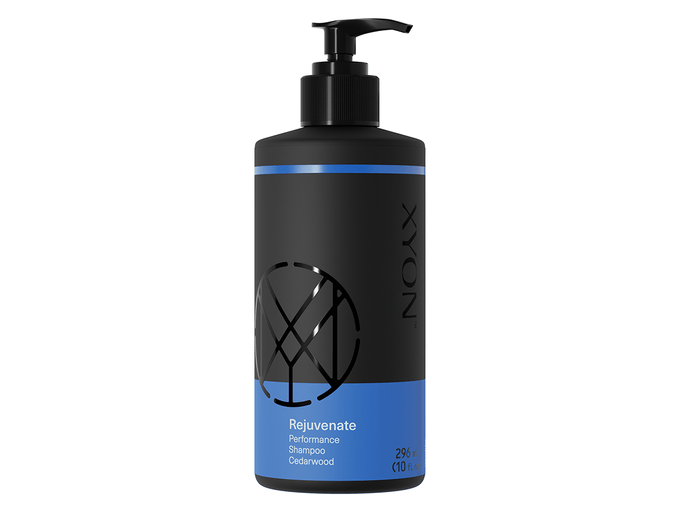
For those experiencing male or female pattern baldness, a DHT hormone-blocking shampoo naturally helps to maintain the size of the hair follicles, allowing them to produce thicker and healthier hair with each wash.
XYON Health Performance DHT-Blocking Shampoo, $55, xyonhealth.com
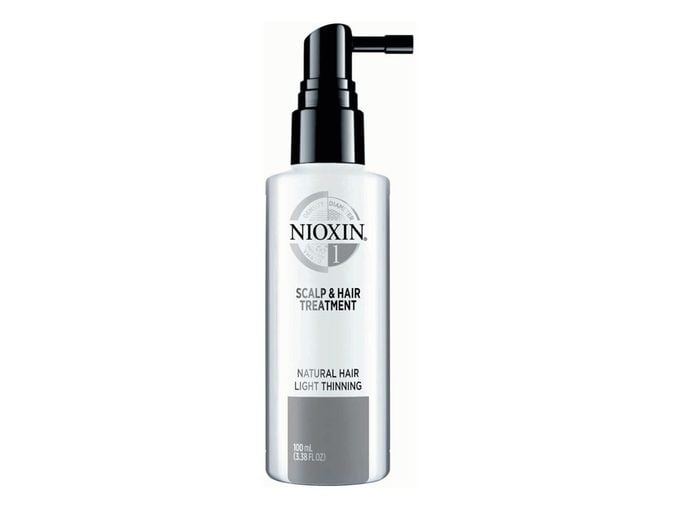
To improve the appearance and texture of thinning hair while you’re styling, opt for a volumizing leave-in formula that adds fullness while also protecting against breakage, like this top-rated option from Nioxin.
Nioxin System 1 Scalp & Hair Leave-In Treatment, $30, shoppersdrugmart.ca
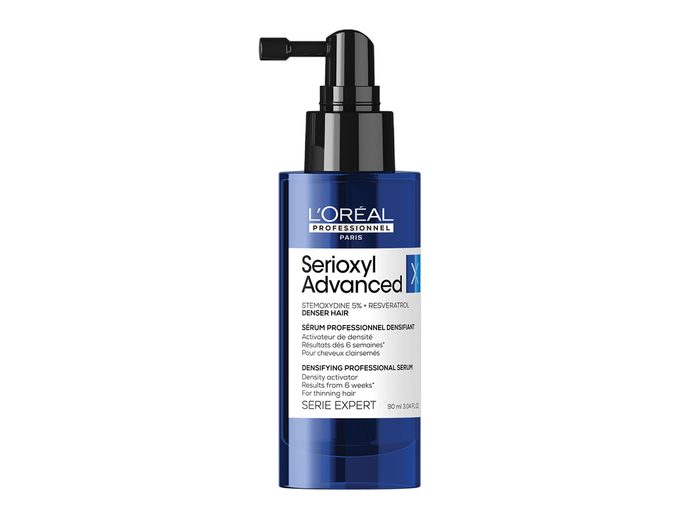
Products that contain high concentrations of antioxidants, such as resveratrol, help protect the hair from oxidative stress, resulting in more resilient strands. Think of it as skincare for your hair.
L’Oréal Professionnel Serioxyl Advanced Denser Hair Density Activator Serum, $65, chatters.ca
Next: I Tried a Hairline Tattoo to See If It Could Cover Up My Balding Head




